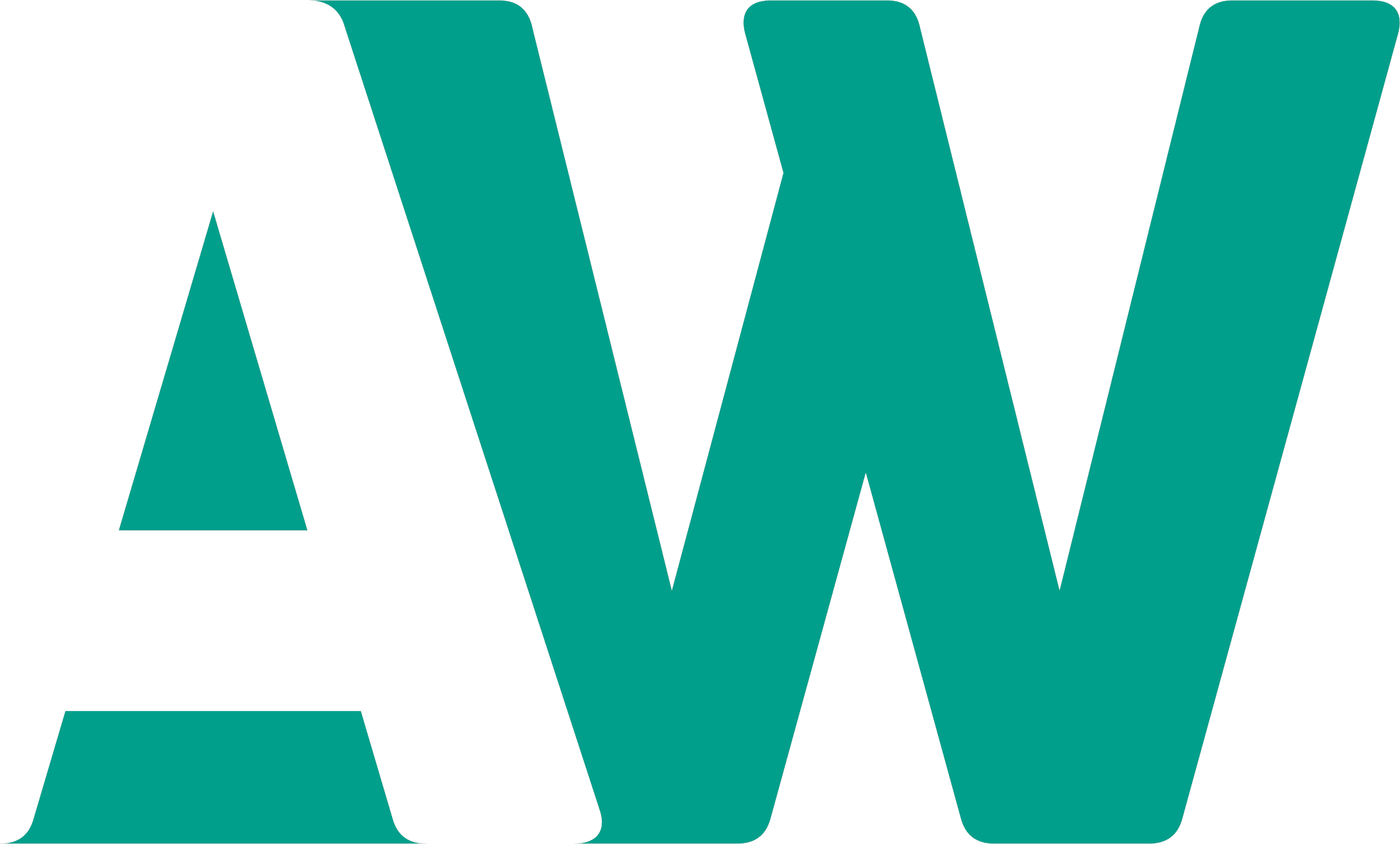National Insurance changes from July 2022
Although the National Insurance rates and thresholds for 2022/23 had already been set, at the time of the Spring Statement in March 2022, the Chancellor announced increases in the primary threshold which would align the starting point for National Insurance with the personal allowance from 6 July 2022. However, as the increase does not take … Read more





